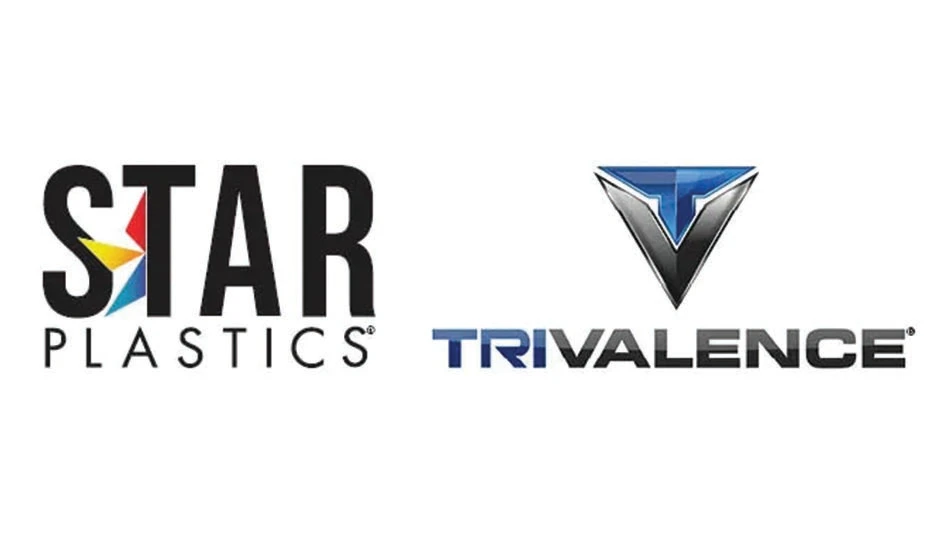 Over the next few decades global demographic change will place considerable pressure on the world’s waste and energy networks. By 2050 the world’s population is expected to reach 9 billion people.
Over the next few decades global demographic change will place considerable pressure on the world’s waste and energy networks. By 2050 the world’s population is expected to reach 9 billion people.
This population growth, combined with improvements in living standards in the developing world, will boost waste levels and threaten to overload existing waste management strategies. At the same time, a larger population will require greater energy supplies, putting critical strain on the world’s rapidly diminishing fossil fuel resources. In summary, a radical rethink in terms of how we manage our waste and how we generate our energy is urgently required to deliver sustainable waste management and clean, renewable energy sources.
Fortunately, the combined issues of rising waste levels and declining fossil fuel resources can be solved using the same strategy. Waste is a resource high in calorific value, with enormous potential as a source of energy. Too often this is literally wasted as waste material is consigned to landfill and little or no effort is made to fulfil waste’s energy-releasing potential. Waste-to-energy technologies which deliver high efficiencies and low environmental impact can play a key role in transforming how we meet our waste and energy needs. By managing waste as a resource in itself, waste-to-energy technologies can at once alleviate our waste management issues and provide a clean and local source of energy.
Landfill Mining Potential
The potential of waste-to-energy technology to deliver sustainable waste management, high energy efficiencies and a minimal carbon footprint is to be demonstrated at the world’s first enhanced landfill mining project at Houthalen Hechteren, Belgium. The thermal conversion stage of this project is a joint-venture between Advanced Plasma Power (APP), a leading U.K.-based waste-to-energy and advanced fuels technology provider, and industrial firm Group Machiels, based in Belgium.
Over the course of 20 years, the project will take some 16 million tonnes of landfilled waste, recover valuable recyclates and process the residue into clean energy. Once the site is cleared, it will be returned to the local community to be used as parkland. The energy produced at the site will be transmitted into the local grid, while excess heat will be piped to new greenhouses to grow vegetables. The project demonstrates the ability of waste-to-energy technologies to process waste in a way which does not negatively impact the environment; and which can also deliver a clean, sustainable energy source to meet the world’s growing needs.
APP’s patented Gasplasma® process allows for the conversion of municipal, commercial and industrial waste to clean, renewable energy, with low environmental impact. The core Gasplasma technology is an internationally patented two-stage advanced conversion technology. It combines two long-standing and well-proven technologies (gasification and plasma conversion technology) in a unique configuration to convert municipal and commercial waste into a clean, hydrogen-rich synthesis gas (syngas) and a vitrified recyclate product called Plasmarok®, which can be used as a high value construction material.
The Gasplasma technology processes waste in four stages.
First, the waste is put through a material recovery facility (MRF) to recover any valuable recyclates—this ensures that any material which can be recycled is removed, maximizing the value extracted from the waste.
The next stage comprises a fluidized bed gasifier which transforms the organic materials in the refuse derived fuel (RDF) into a crude syngas containing tars and chars; this is done by heating the RDF to a high temperature, around 800 degrees Celsius, in a highly controlled reduced-oxygen environment.
 The crude syngas is then passed into a separate, secondary plasma converter. The intense heat from the plasma arc—in excess of 8,000 degrees Celsius—and the strong ultraviolet light of the plasma cracks the crude syngas. The cracking creates a clean syngas, whilst the inorganic elements (ash component) of the crude syngas and the bottom ash from the gasifier are vitrified into Plasmarok.
The crude syngas is then passed into a separate, secondary plasma converter. The intense heat from the plasma arc—in excess of 8,000 degrees Celsius—and the strong ultraviolet light of the plasma cracks the crude syngas. The cracking creates a clean syngas, whilst the inorganic elements (ash component) of the crude syngas and the bottom ash from the gasifier are vitrified into Plasmarok.
The syngas is then cooled, cleaned and conditioned through wet and dry scrubbers before being used directly in a power island to generate renewable energy, using reciprocating gas engines or gas turbines. Residual heat also is recovered from the process to be used in CHP (combined heat and power) mode within the process itself as well as by other users in the vicinity.
By processing a range of waste feedstocks into clean energy, residual heat and a saleable, inert byproduct, the Gasplasma process allows for the complete diversion of waste from landfill—key to the success of landfill mining. Not only does this benefit the environment in terms of reversing the harmful effects of landfill, but the process also provides a sustainable waste management solution for the future and a clean, safe and efficient source of energy.
Closing the Loop
Landfill mining projects, such as the APP-Group Machiels venture, are a prime example of “closing the materials loop”—processing waste materials to extract the maximum value from them, with minimal impact on the environment. Landfill mining has an important role to play in reversing the impact of waste materials on the environment. Waste that is left to decompose in landfill releases high levels of methane, a very potent greenhouse gas that has been linked to global warming. There is also a risk of land and groundwater contamination. By converting landfilled waste, landfill mining projects will not only free up land but will also prevent future environmental damage.
Of course waste need not and should not get into landfill in the first place. By diverting waste from landfill and mass burn incineration, both of which are potentially harmful to the environment, the Gasplasma process reduces the impact of waste on the environment. For example, incinerators produce around 20% to 25% ash which requires transport, processing and disposal, thus raising costs and increasing waste’s carbon footprint. The Gasplasma process produces no bottom ash. Instead, waste products are vitrified into an environmentally stable solid, Plasmarok, which is recognized as a product by the U.K. Environmental Agency and has a number of applications as a high-value construction material. This removes environmental, regulatory and commercial risk stemming from concerns about the ecotoxicity of bottom ash produced by incinerators and by other unsustainable waste-to-energy processes.
Finally, in addition to these environmental benefits, the Gasplasma process also can go a long way toward meeting renewable energy requirements. The process delivers a source of energy that is both clean and highly efficient. The application of plasma conversion technology allows for a very clean syngas which can be used directly in gas engines or turbines, dramatically improving energy conversion efficiency and electrical output. Based on a typical RDF of 90,000 tonnes per annum, a typical Gasplasma facility generates in excess of 16 megawatts of electrical power, enough renewable power for around 17,500 homes and enough residual heat for an additional 700 homes.
From Waste to Energy
There are clear opportunities for the expansion of landfill mining throughout the world. In the U.K. alone, an estimated 2 billion tonnes of waste are sitting in landfill sites around the country, providing huge energy-generating potential. In the developing world, millions of the planet’s poorest inhabitants are living alongside mountains of waste, detrimental both to their health and, through greenhouse gas emissions, to the environment. At the same time, they struggle to support themselves with minimal energy supplies.
Landfill mining projects employing technologies such as the Gasplasma process can play a crucial role in balancing the world’s waste and energy requirements. Moreover, waste-to-energy technologies do not only have applications for treating waste that has been mined from landfill, but they also can be used to treat waste at the source. Waste-processing plants using Gasplasma technology can be situated close to urban populations, processing waste as it is generated by the population and delivering clean, local heat and electricity in return.
It is our hope that coming generations will make use of waste-to-energy technologies not only to undo the damage done to the environment by landfills today but to usher in a low carbon tomorrow.
Rolf Stein is CEO of Advanced Plasma Power (www.advancedplasmapower.com).
Get curated news on YOUR industry.
Enter your email to receive our newsletters.
Latest from Recycling Today
- LG details recycling activities
- Algoma EAF is up and running
- Toyota-Tsusho completes acquisition of Radius Recycling
- CATL, Ellen MacArthur Foundation aim to accelerate circular battery economy
- Commentary: Expanded polystyrene is 98 percent air, 2 percent plastic and 100 percent misunderstood
- AMCS appoints general manager for North America
- How tariffs, regulations affect LIBs recycling in US, EU
- Schwan Cosmetics introduces packaging free of styrene, ABS






